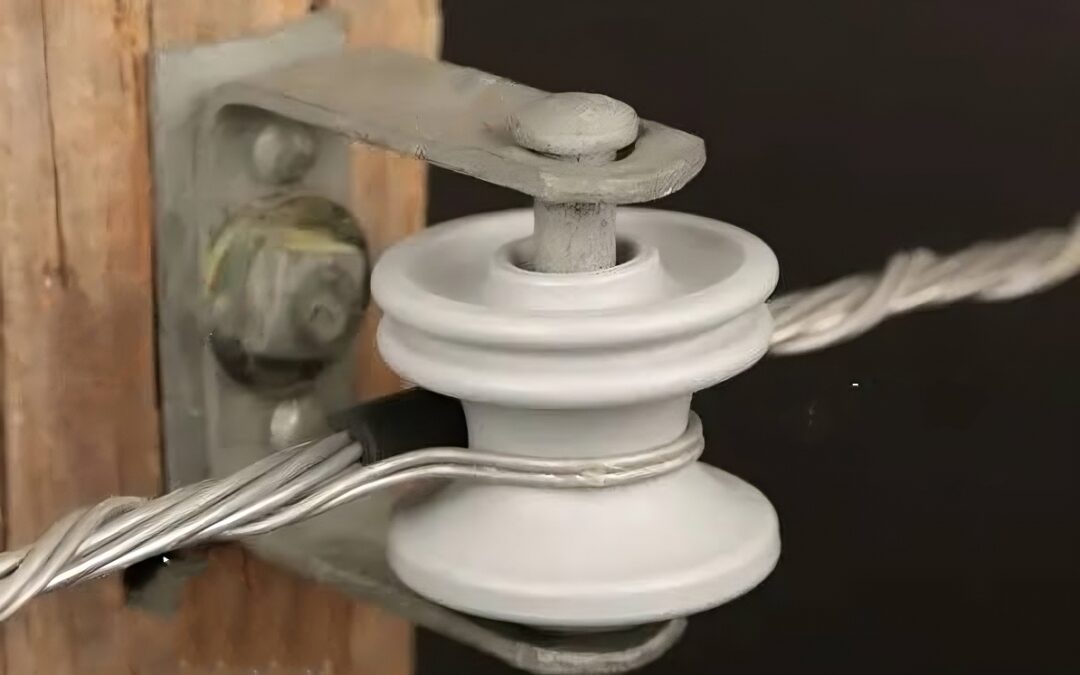Shackle insulator is a type of insulator used on low-voltage transmission lines. Its design helps to provide electrical insulation and mechanical support for the conductor of overhead transmission lines. Shackle insulators are mainly from materials like porcelain, glass or polymer which help resist different environmental conditions. They install in a suspended manner connecting the conductor to the supporting structures like transmission towers or poles. The main purpose of the shackle insulator is to maintain a safe distance between the energized conductor and the grounded structure. This helps to prevent electrical current from flowing to the unwanted areas in the power lines. This type of insulator is also designed to withstand high voltage and mechanical stresses like wind loads and conductor tensions.
Parts of shackle insulators
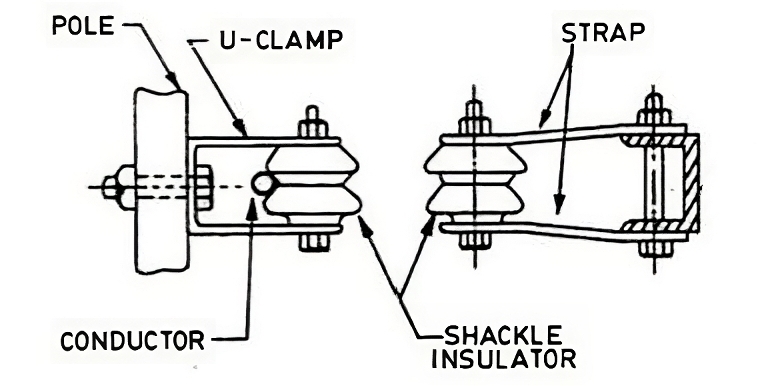
Shackle insulator is made of various components that work together to provide electrical insulation and mechanical support. The components of the insulators vary depending on the design and construction of the insulator. They also ensure the safe and reliable transmission of electricity over long distances. The various components of the shackle insulator are discussed below.
- Insulating housing
This is the main body of the shackle insulator made of porcelain or polymer materials. It provides insulation between the conductor and the support structure. It is designed to have high electrical resistance and withstand the voltage stress applied during transmission line operation. - Core rod
This is a central structural component of the shackle insulator usually made of metal or composite material. It is securely attached to both ends of the insulating housing and supports the load of the conductor. - End fittings
These are connectors that secure the insulating housing and core rod to the conductor and the supporting structure. They provide sturdy and reliable connections since they have threaded or bolted connections to facilitate installations and maintenance. - Sealing material
The sealing material is used to ensure the stability and integrity of the shackle insulator. It fills any gaps between the insulating housing, core rod and end fittings to prevent moisture from entering the insulator. - Fittings
Shackle insulator uses various fastening fittings like bolts, nuts and washers to secure and assemble the different parts of the shackle insulator.
Classification of shackle insulators
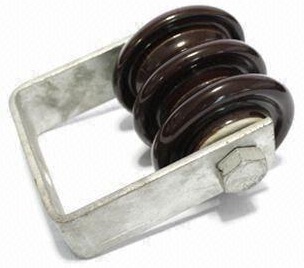
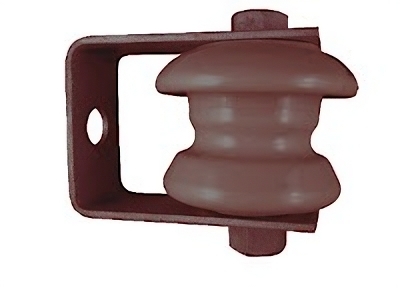
When it comes to selecting shackle insulators, there are various types of them to choose from. The types are mainly categorized according to the materials they are made from. It also depends on the intended use of the insulator and the type of application to be used. Other factors include the voltage level, mechanical load and environmental conditions. Below are the common types of shackle insulators.
- Hybrid shackle insulator
Hybrid shackle insulators have a porcelain core and end fittings and an insulating housing made of composite material. They offer a balance between the mechanical strength of porcelain and the pollution resistance of composites. - Porcelain shackle insulator
These are made of high-strength porcelain materials which provide excellent electrical insulation and mechanical strength. They offer durability, resistance to pollution and the ability to withstand high voltages. - Insulated shackle insulator
Insulated shackle insulators feature a metal rod covered with an insulating sheath. This design prevents flashovers and enhances the electrical insulation properties. - Composite shackle insulators
These are constructed using fiberglass-reinforced polymer materials. They offer benefits like lighter weight, high mechanical strength and resistance to pollution and wreckage. - Polymer shackle insulators
Polymer insulators provide good electrical insulation, lightweight construction and resistance to pollution. They are mainly used in low to medium-voltage transmission lines.
Applications of the shackle insulator
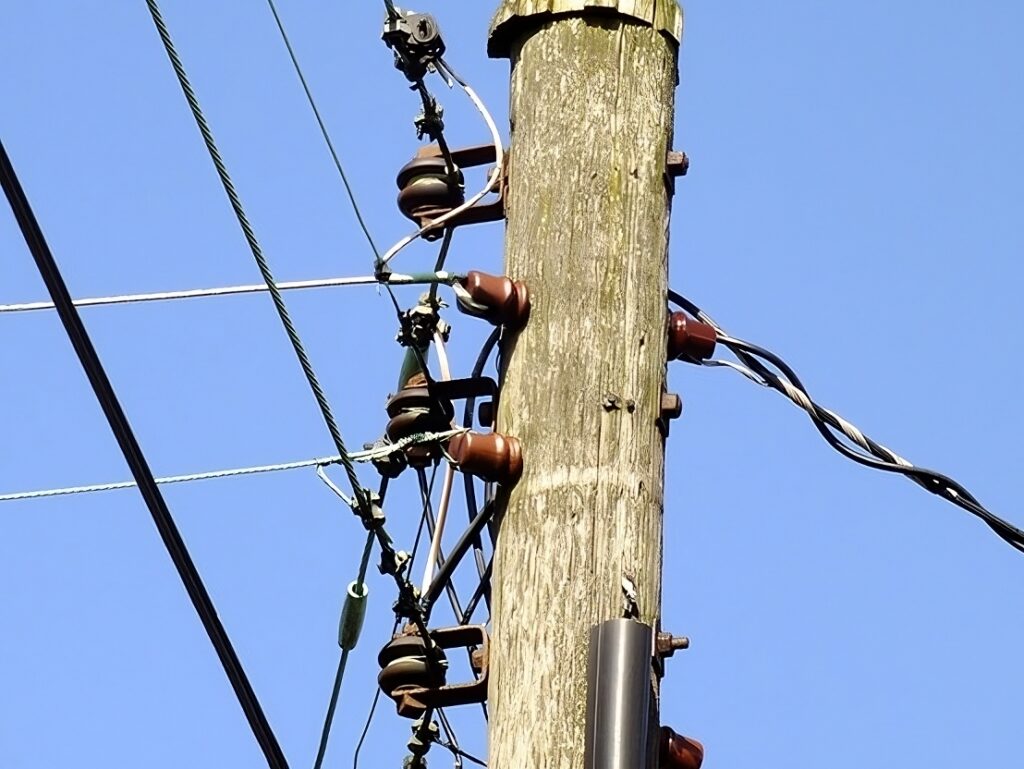
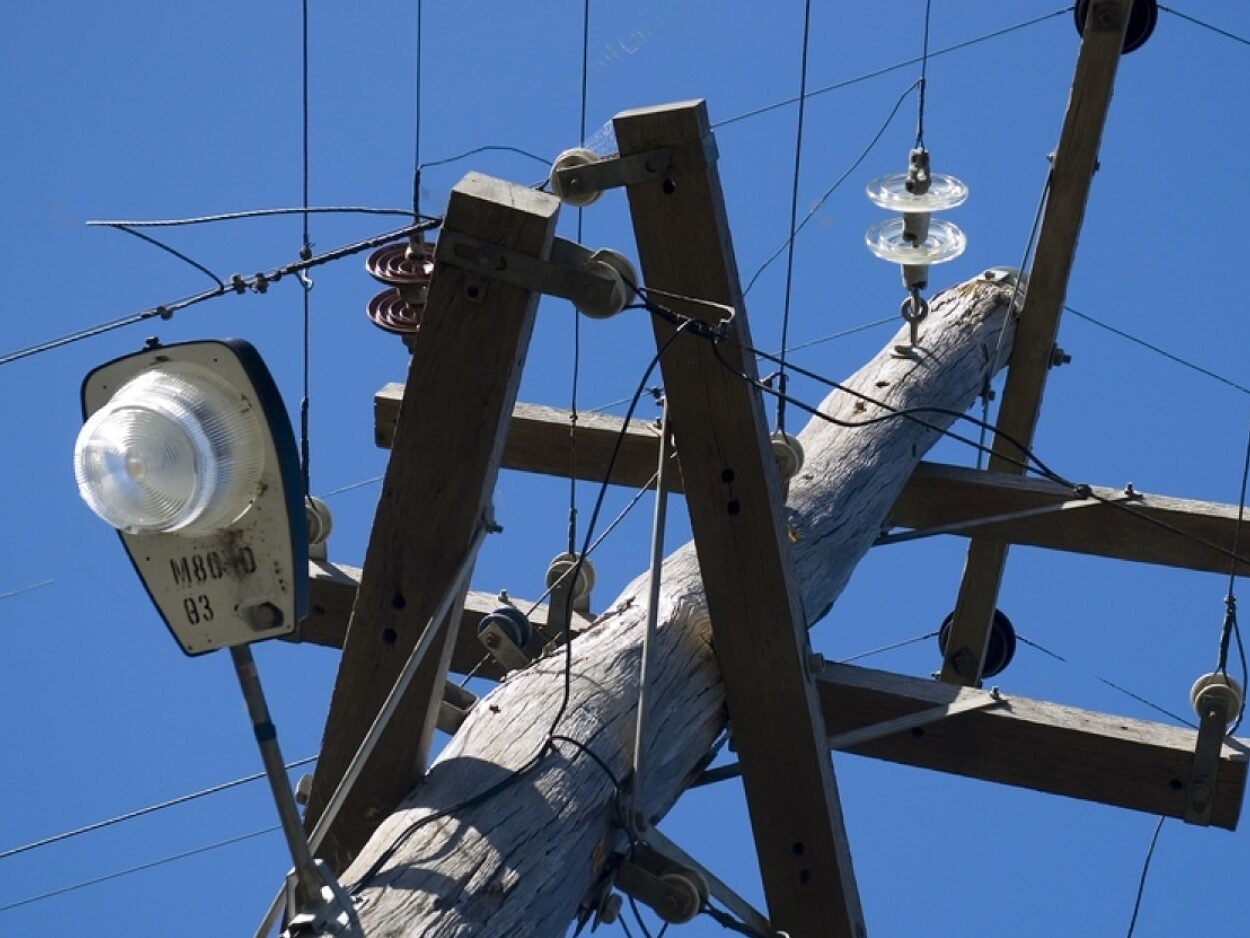
Shackle insulators are essential components in various applications as they provide insulation and mechanical integrity for the reliable and efficient transmission of electrical power. Discussed below are the various uses of the insulators on the overhead transmission lines.
- Shackle insulators work in distribution lines to deliver electrical power from transmission lines to consumers.
- They provide electrical insulation and support to the conductors on the electrical transmission lines.
- They work in railway electrification systems where overhead catenary wires are used to supply power to trains.
- Shackle insulators are designed to withstand the high electrical stresses and voltages encountered in these applications. They also ensure the safe and reliable transmission of power from transmission lines to consumers.
- Shackle insulators play a vital role in high-voltage direct current transmission systems used for long-distance power transmission.
- They help insulate and support the conductors within the substation which ensures the safe and efficient flow of electricity.
Installation of the shackle insulator on the power transmission lines
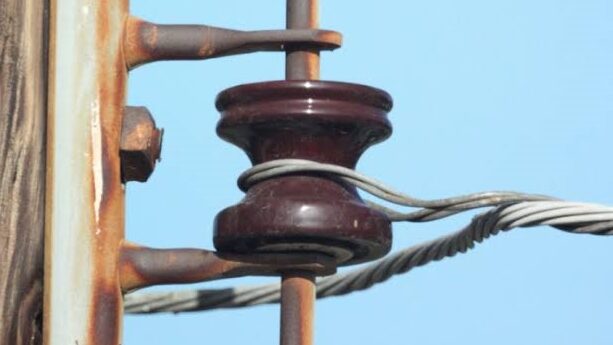
The installation process of the shackle insulators varies depending on the specific requirement, design, material and manufacturer of the insulator. You should consult the manufacturer’s guidelines and specifications or seek assistance from experts to ensure proper and safe installation. The basic installation process is discussed below.
- Ensure that you adhere to all necessary safety precautions, including wearing appropriate personal protective equipment to ensure a safe working environment.
- Gather all the required tools and equipment for the installation like insulators, fasteners, and hardware to ensure they are in good condition.
- Identify the location on the transmission line where the shackle insulator needs to be installed. This also determines the spacing and height based on the line design and electrical specifications.
- Install the insulator following the manufacturer’s instructions and ensure that the insulator is properly aligned and securely attached.
- Ensure all connections are properly tightened and secured using the appropriate tools to tighten bolts, nuts and clamps according to the specified torque values.
- Use maintenance loops or tie-wires in areas with high wind loads for additional security.
- Conduct a visual inspection to ensure that the insulator is properly installed, aligned and secured. You should check for any signs of damage, misalignment or loose connections.
Choosing the best shackle insulator in the market
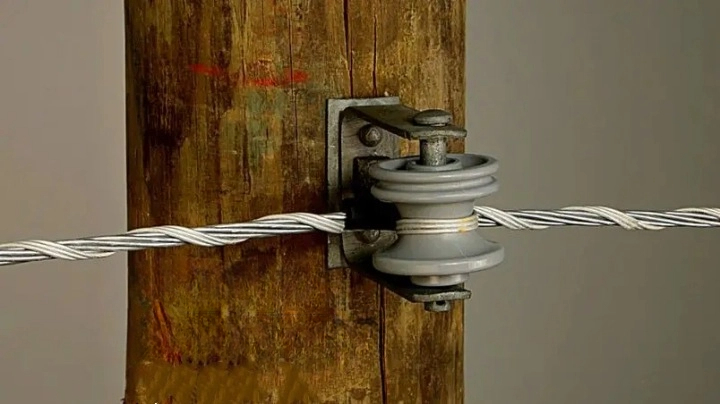
The market is full of insulators with different designs, shapes and sizes from other manufacturers and suppliers. Selecting the best shackle insulator should be based on the type of application and the specific requirements needed for your project. Below are the various factors to consider when selecting the best shackle insulator to purchase.
- Determine the voltage level of the transmission line or system where the insulator will be installed. The voltage level should match the system requirements.
- Evaluate the mechanical load that the insulator will experience like tension, compression, wind loads and conductor weight.
- Consider the environmental conditions on which the insulator will work. Check the pollution, salt spray, temperature variations and UV exposure which can impact the insulator’s performance.
- Check the material used to make the insulator which has different advantages and considerations.
- Select an insulator with excellent pollution performance to ensure reliable operation in polluted environments.
- Consider the maintenance requirements of the insulator which may require frequent cleaning or inspections.
- Ensure the selected insulator meets the relevant industry standards and regulations like ANSI, IEC or other national standards.
- Consider the reputation and track record of the manufacturer or supplier for high-quality and reliable insulators.
FAQs
Shackle insulators are types of insulators used to provide electrical insulation and mechanical support for the conductors of overhead power transmission lines.
Flexibility and movement
Easy installation and maintenance
Pollution resistance
High voltage capability
Temperature limitations
Aging and degradation
Installation complexity
Mechanical stresses
Pollution performance
Voltage limitations
Mechanical load capacity

